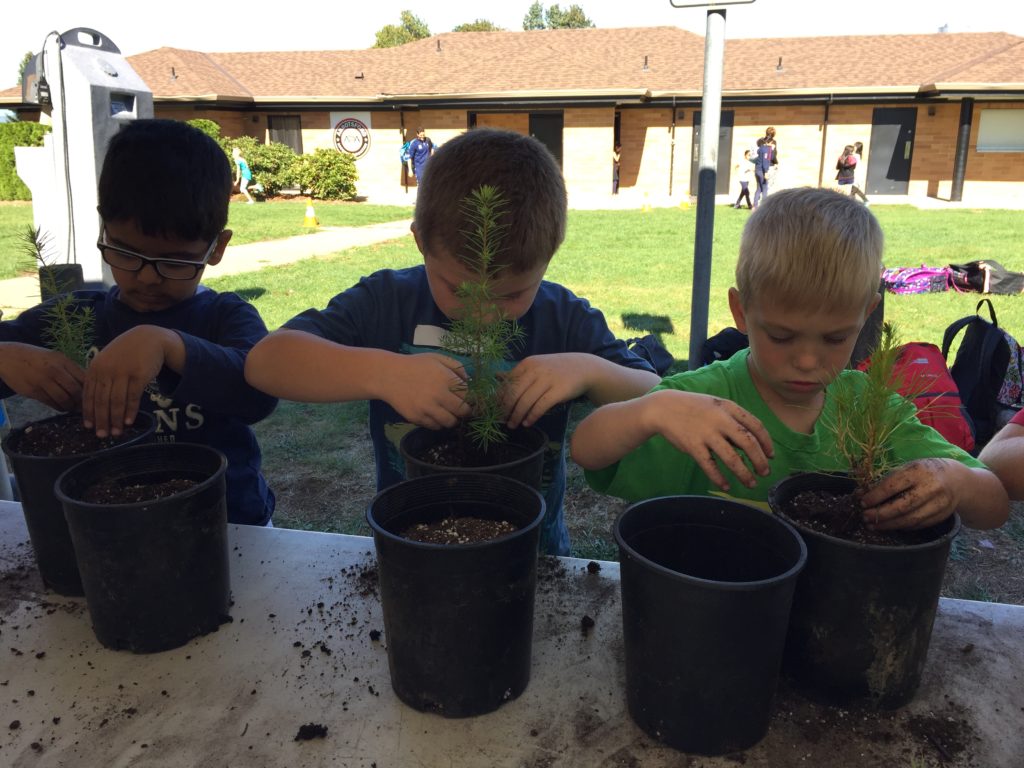The following is a summary of a few things that I shared at a staff meeting about the teacher’s role in an inquiring classroom.
Three things that I believe are important when I think about inquiry in the classroom.
1. Developing good questions (essential questions)
Essential questions:
– are open-ended
– are throught-provoking and intellectually engaging
– they call for higher-order thinking
– they point toward important, transferrable ideas
– they raise additional questions
– they require support and justification, not just an answer
As a teacher, I need to practice the art of asking good questions and find ways to encourage my students to think deeper about topics – and even question their own belief systems. I find this difficult, so I start small by basing my questions on knowledge they already have or some interesting information that they have brought to class. I don’t think you can ask questions without beginning with some kind of prior knowledge. Using the Big Ideas is a great start from which these questions can arise.
2. Students use a variety of skills to be effective “inquirers”. Our students need the tools (curricular competencies) to enable them to engage in the inquiry process successfully. Although these skills will look different depending on the grade/ability level, they are transferable and students will build upon them as they get more proficient. Questioning/predicting, observing/collecting evidence, recording and sharing out findings are all areas that require instruction and support. I am realizing that acquiring the skills of investigation takes time, modelling and practice. In order for my students to learn to be independent and student-driven, they need scaffolding. My job is to observe and reflect on their learning needs and then carefully choose the most important ways that I can facilitate their growth.
3. It is important for students to be emotionally connected to a topic of inquiry. Emotions tied up with knowledge help students remember and make connections. Kieran Egan (at SFU) has developed a very helpful list of ways to connect your students’ learning with their emotions and imaginations. He calls them cognitive tools. I use these tools to think about how I will introduce or explore a topic.
Emotions tied up with knowledge help students remember and make connections. Kieran Egan (at SFU) has developed a very helpful list of ways to connect your students’ learning with their emotions and imaginations. He calls them cognitive tools. I use these tools to think about how I will introduce or explore a topic.
For example, my grade 1’s and 2’s get interested in something if I use tools of mystery/puzzle,
joking/humour, rhyme/rhythm or if I incorporate somatic tools like engaging the bodily senses in an activity. The older students may also enjoy these activities, but tools like looking at extremes/limits, collecting and organizing things or finding heroic qualities in a topic will be emotionally engaging. It is our job as teachers to find these points of emotional connection that bring out our students’ imagination and make learning memorable and enduring.
